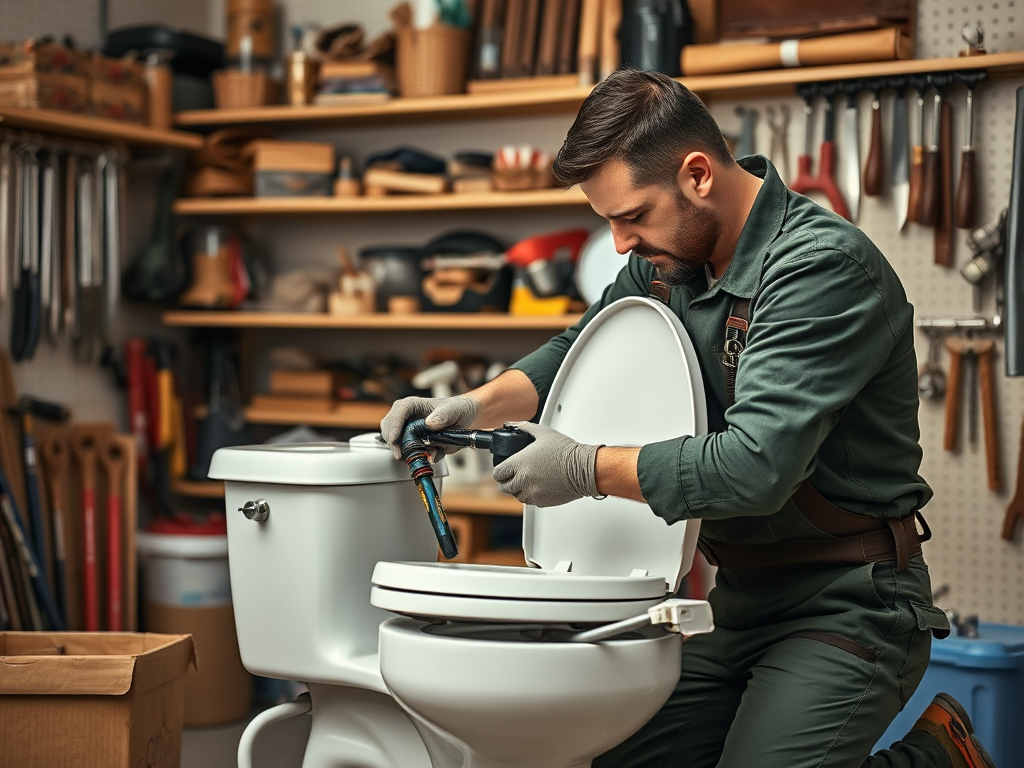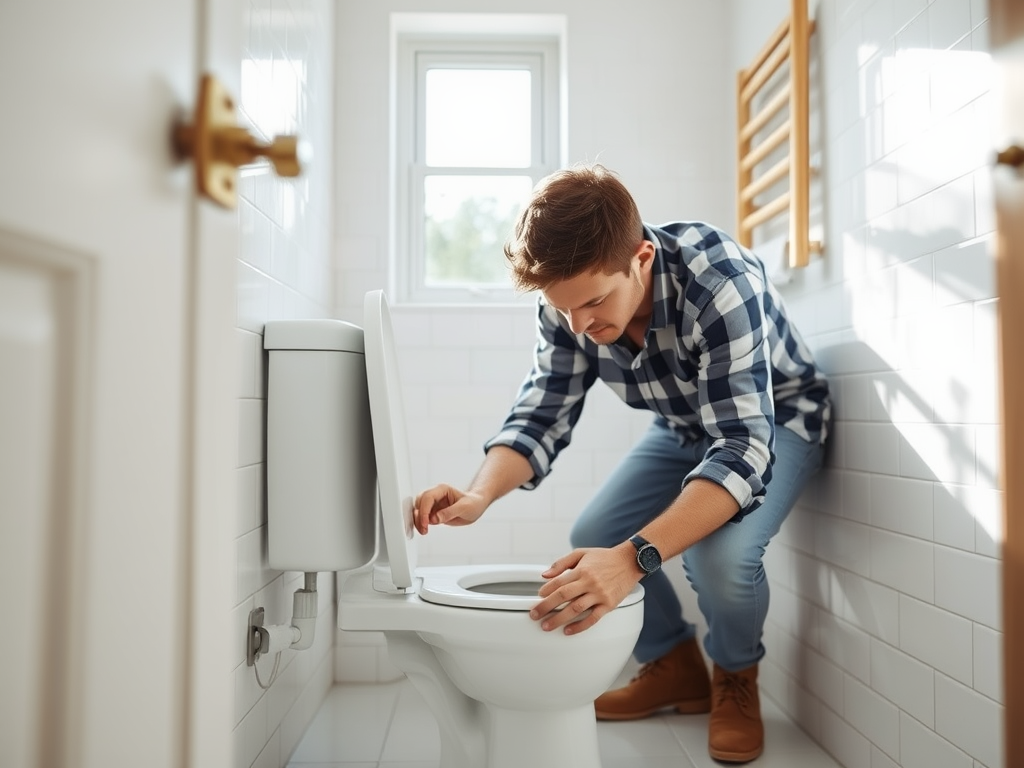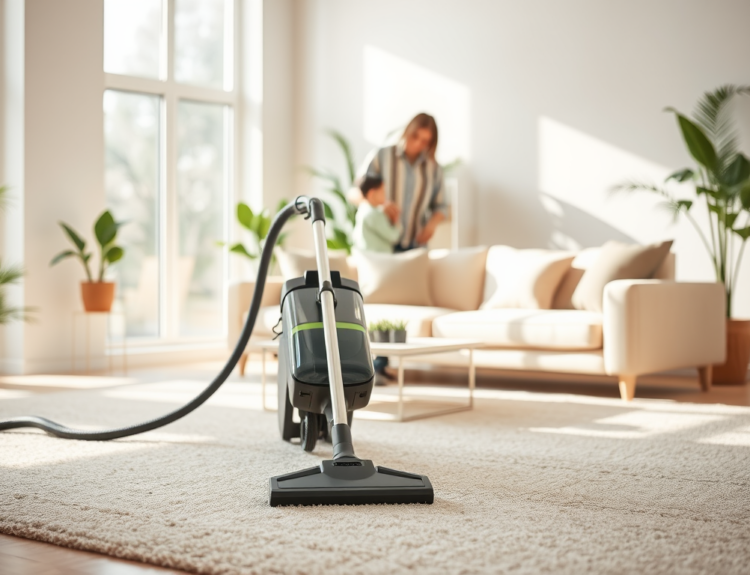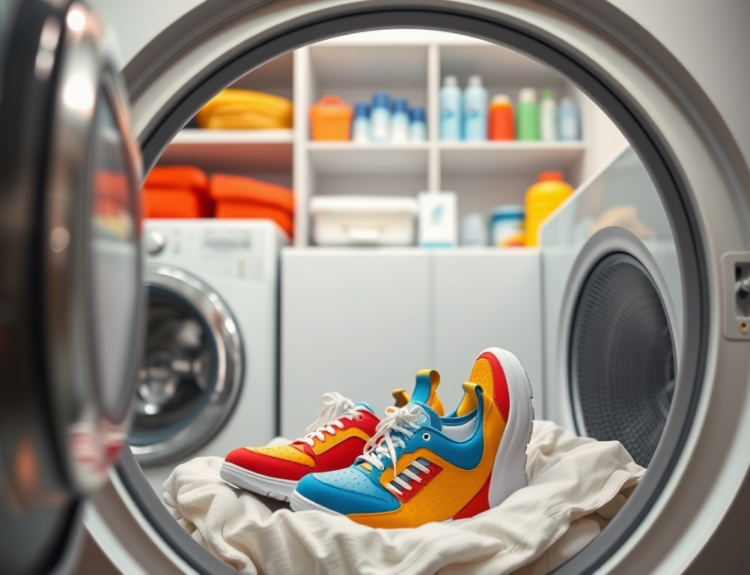When it comes to the comfort and hygiene of your home, even the smallest issues should not be overlooked. One such problem is a loose toilet—a seemingly inconsequential inconvenience that can transform into a significant headache if ignored. It can lead to problematic leaks, extensive water damage, and potentially costly repairs. If you think it’s just a minor issue, think again. A wobbly toilet can undermine the structural integrity of your bathroom and cost you more money than you might expect. This article will explore the pressing dangers of ignoring a loose toilet, how to identify the signs, and what steps to take to ensure your home remains in top condition.
Signs of a Loose Toilet

Recognizing the signs of a loose toilet is crucial for preventing larger issues down the road. Understanding these indicators empowers homeowners to act swiftly, restoring stability to their bathrooms. Common signs often include not just physical movement, but also subtle indicators that may go unnoticed until it’s too late. A well-maintained toilet should feel firm and steady, so when you detect any wobbling or looseness, it’s time to investigate further. Below is a list of indicators to look for:
- Rocking or wobbling when you sit on it
- Gaps between the base of the toilet and the floor
- Water stains around the toilet base
- Unusual noises or leaks during flushing
Risks of Ignoring a Loose Toilet

Overlooking a loose toilet can culminate in a variety of risks, each growing in severity the longer the issue goes unaddressed. First and foremost, water damage is a primary concern. A small leak from a loose toilet may not seem catastrophic initially, but it can lead to significant structural problems. Water damage can foster mold growth, which not only poses health risks but also damages your home’s integrity.
Additionally, as the toilet continues to shift, it can wear down the wax seal, leading to further instability within your plumbing system. This can create cascading issues unrelated to the toilet itself, thus magnifying the repair costs. Another pressing concern is the increase in water bills—a small, unnoticed leak translates into wasted resources and inflated utility charges. The table below summarizes the risks of ignoring a loose toilet:
| Risk | Description |
|---|---|
| Water Damage | Continuous leaks can damage flooring and lead to mold growth. |
| Structural Issues | Wobbling can wear down seals and damage plumbing. |
| Increased Water Bills | Unnoticed leaks lead to unnecessary water waste. |
How to Fix a Loose Toilet
If you ascertain that your toilet is loose, there are several actionable steps to rectify the situation. Many homeowners can resolve the issue with some basic tools and a little bit of initiative. DIY repairs not only save money but also give you a sense of accomplishment. It’s essential to proceed methodically to ensure a comprehensive repair. First, take the necessary precautions to avoid any accidents. Here’s a concise list of DIY repair steps to guide you:
- Turn Off the Water Supply: Safety first! Ensure the water supply is turned off.
- Check Bolts and Screws: Inspect the toilet’s bolts and screws for tightness and replace any that are damaged.
- Adjust the Wax Seal: If the toilet still wobbles, you may need to replace the wax seal for a better fit.
- Re-level the Toilet: Ensure the toilet is level before securing it back to the floor.
When to Call a Professional
It’s important to know when to seek professional guidance for plumbing issues. While many household repairs can be undertaken by diligent homeowners, not every situation is suitable for a DIY fix. If you find yourself stuck or overwhelmed by persistent problems, it’s prudent to call in a professional plumber. Knowing the signs that indicate you need expert help can save you both time and money in the long run. Here are signs that you may need to call a professional:
- Persistent leaks after attempting fixes
- Unusual plumbing noises you can’t identify
- Signs of extensive water damage needing repair
Conclusion
Ultimately, ignoring a loose toilet might seem harmless, but it poses significant risks to your home and finances. By being proactive about the issue, you can avoid costly repairs and ensure your bathroom remains in optimal condition. Addressing the problem early on can save you from unexpected water damages, structural issues, and exorbitant utility bills. Whether you choose to take the DIY route or enlist the help of a professional, addressing a loose toilet should not be put on the back burner. Protect your home and enjoy peace of mind by taking swift action today.
Frequently Asked Questions
- What causes a toilet to become loose? Common causes include foundation settling, poor installation, or wear and tear on the wax seal.
- Is it difficult to fix a loose toilet myself? With basic tools and instructions, many homeowners can make this repair. However, don’t hesitate to call a professional if you’re unsure.
- How can I prevent my toilet from becoming loose in the future? Regular maintenance checks and ensuring proper installation can help keep your toilet secure.
- How much does it cost to fix a loose toilet professionally? This can vary widely based on your location, but professional repairs typically range from $150 to $300.
- What should I do if I notice water pooling around the base of my toilet? Shut off the water supply immediately and either attempt to fix the issue yourself or contact a plumber for assistance.



